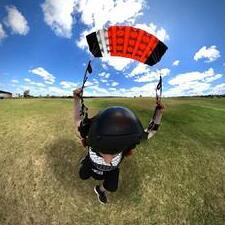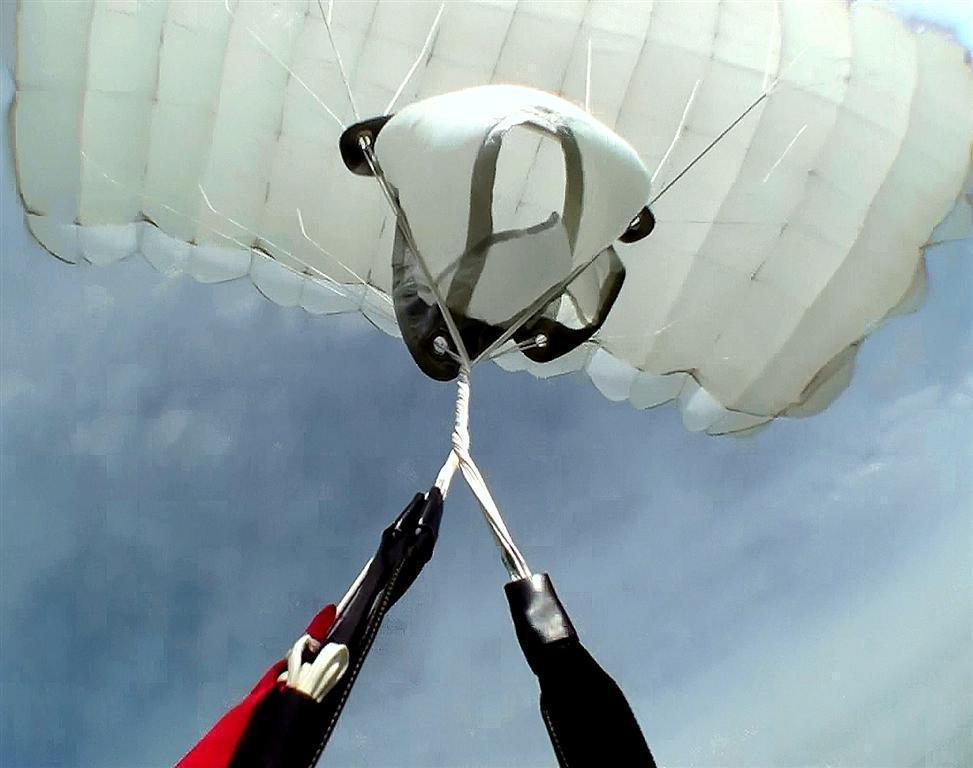Leaderboard
-
in all areas
- All areas
- Adverts
- Advert Questions
- Advert Reviews
- Videos
- Video Comments
- Blog Entries
- Blog Comments
- Images
- Image Comments
- Image Reviews
- Albums
- Album Comments
- Album Reviews
- Files
- File Comments
- File Reviews
- Dropzones
- Dropzone Comments
- Dropzone Reviews
- Gear
- Gear Comments
- Gear Reviews
- Articles
- Article Comments
- Article Reviews
- Fatalities
- Fatality Comments
- Fatality Reviews
- Stolen items
- Stolen item Comments
- Stolen item Reviews
- Records
- Record Comments
- Record Reviews
- Help Files
- Help File Comments
- Help File Reviews
- Events
- Event Comments
- Event Reviews
- Posts
- Status Updates
- Status Replies
-
Custom Date
-
All time
January 20 2016 - April 24 2024
-
Year
April 24 2023 - April 24 2024
-
Month
March 24 2024 - April 24 2024
-
Week
April 17 2024 - April 24 2024
-
Today
April 24 2024
-
Custom Date
02/24/2021 - 02/24/2021
-
All time
Popular Content
Showing content with the highest reputation on 02/24/2021 in all areas
-
2 pointsthere is a thread on reddit that said on of his parents is on the uspa board. dude should have his rating revoked permanently for that. that's a whole lotta negative press for skydiving. not to mention pretty stupid, or at least it looked that way, i'm not a ti.
-
1 pointI currently jump a Vector from 1996 that is in great condition but I've seen 5 year old rigs in shit state that I wouldn't consider jumping.
-
1 pointAgreeing with Gerry Baumchen, The first freebags had no through loops (e.g. Strong Dual Hawk Tandem) and short closing loops were tied to internal flaps. Second generation freebags had through loops, but they still rubbed against reserve fabric (e.g. Talon 1 and all Vectors). loop length varies widely depending up the rigger's experience. I have only sewn patches on two reserves, but one of them was in a NARO. The reserve center cell suffered a small tear because a rigger used more muscle than skill in pulling the closing loop through the free bag. Even if I only have to patch one reserve every 1500 repacks, that is too often. Third generation free bags are pinched in the middle they are easier to with only a single grommet through both layers of the freebag (Javelin, Talon 2). They are easier to pack because they need fewer tools and have a consistent loop length. While working at Para-Phernalia, I managed to convince them to switch Softie free bags from second generation to third generation freebags. EOS, Atom and Icon are between second and third generation in that they have grommets in both the top and bottom skins of the free bag, but they also have fabric channels preventing the closing loop from ever rubbing against on reserve fabric. Fourth generation free bags have more secure lines stows to properly stage higher speed openings (Icon, Racer Speed bag). These are mostly found on tandem and military rigs that deploy much heavier and faster than solo rigs. If you have read this far, you understand why I clearly prefer third generation free bags.
-
1 point
-
1 point
-
1 pointI tried what I guess are some skateboard shoes (DC's) but don't like them --- Seemed to have very little padding to absorb any vertical shock. Just the harder rubber outer sole & an insole. Maybe that's something about keeping feet close to the skateboard without thick shock absorption? So running out a landing on hard ground. Maybe someone with more experience with either skate shoes or using them in skydiving can comment. A bunch of people do use them, but didn't work for me. Maybe I'm just more sensitive to that. Running shoes with flatter soles and no big chunky treads, that worked for me for sliding in, both for Sigma tandems and for swoops.
-
1 pointEven if a senior FBI agent thinks a particular suspect is Cooper that doesn't really mean anything. There is an FBI agent who thinks Sheridan Peterson is Cooper. Another says he shot and killed D.B Cooper decades ago (Richard McCoy). Curtis Eng ignored Tom Kaye's forensic findings and focused on LD Cooper until that fizzled into nothing. Himmelsbach may have at one point been convinced by Jo about Duane. FBI agents are real people with differing opinions and are fallible.
-
1 pointAs a former Texan, I say give them their independence, and remind them that freedom isn't free. They'll start having to negotiate trade deals, too. Wendy P.
-
1 pointInterestingly enough, I heard a talk on the placebo effect in general yesterday; in the COVID vaccine trials, about 30% of people had an adverse effect (besides sore arm) to the placebo. Fewer to the second shot, which given that the actual shot has a higher incidence of adverse effect, seems to indicate that the second shot does have a noticeable effect in some people. Got my Pfizer shot one on Saturday; already have my follow-up scheduled for shot 2. I'll be volunteering at our local senior center as an intake person after that. Seems only right, since it's a 10-minute stroll. Wendy P.
-
1 pointVigil batteries are no longer field replaceable and the unit must be sent in for service after reaching 10 years since DOM. So yours will need to go in and you should allow at least 4- weeks total turn around time. Other than that there is no reason to think there will be any problem with your gear. Although there are scattered reports that some gear dealer rigging companies have been refusing to work on gear that is more than 20 years old. If you run into this find a more honest and customer friendly rigger.
-
1 pointIt was a bargain even at NASA’s price. But for some that’s not good enough. NASA regularly pulls off amazing stuff, and yet they seem be the government entity most commonly cited as a waste of money. They are the one government run organization that not only does what it sets out to do, they often knock the ball out of the park. Then they have to beg for more operational funding because their spacecraft last so much longer than they were designed to. Don’t get me wrong, I’m a big spacex fan too, They have pulled off some impressive feats of engineering, and yes, at reduced cost. They are a for profit corporation and that’s what they should be doing. But even if they are not as efficient, NASA does scientific exploration of space better than anyone else.
-
1 pointI agree with most of what you said, but a note on the above - Texas has gone out of their way (i.e. spent money and time) to ensure there is no redundancy in their grid that would connect to grids outside of Texas, because doing so would have triggered federal requirements under FERC. So this was a conscious decision to remain independent. That has both a monetary cost and a reliability cost. And IMO they absolutely have the right to do that; it's their state. Still, it leads to questions as to how much emergency aid the US should give to Texas for a problem of their own creation. It's somewhat hypocritical to demand independence (and refuse to assist other states with their own power problems) only until such time as that independence causes problems, at which time they ask for $$$ from the Feds.
-
1 pointDoubt that additional federal regulation is the answer. The last cold event was 1940. The folks that built the generation made purchase decisions each time they bought a generator. Wind turbines are available with heated gear boxes, motors and blades. Coal plants can be built for cold weather. Nuclear safety devices aren't supposed to get wet and freeze. Natural gas pipelines can be installed and made operational in cold climates. About the generators: the utility is held to a "reasonable and prudent" standard when their rate increase requests are made. The regulators look at the costs in the rate filing and decide if they are reasonable and prudent. Certain costs will be disallowed - such as alcohol, first class travel, employee recreational clubs, lobbying expense, certain advertising, glamorous offices, excess construction, and others. The utilities deal with the regulators on a regular basis and are familiar with how they make decisions. I suspect that the utilities knew that if they had bought the "cold weather" package the additional cost would have been disallowed. The regulators, in SC, are appointed and then elected by the politicians. Politicians are pestered by their electors. The public hates rate increases and they raise cane about everything. The utility would argue that the additional expense is justified because once in every 80 years it gets cold enough that it is needed. The intervenors in the rate case, Wal Mart, large energy users, the military, the consumer advocate, and anyone else that wants to testify, would argue that the cold weather package was not needed. So, they are having a once in 80 year event and, no surprise, stuff froze. The TX situation and every other grid is massively complicated. No one thing caused this problem and federal regulation won't fix it. Well, it could. They could easily require more redundancy, additional transmission capacity, more dispersed generation and just about anything else. That's fine except it costs tons of money. The expense would be paid by consumers. And consumers hate rate increases. Reliability is always a balancing act between the two. We have the same problem in SC after a hurricane. After Hugo in 1989, 31 years ago, everyone screamed, "if power lines were underground we wouldn't have this problem!" That's partially true except there are other problems with UG power lines that don't exist with overhead lines. And, it costs tons of money that no one wants pay for in a rate increase. As electricity is restored the next layer of problems is being revealed. Lack of water. The construction standards in some areas didn't contemplate this extreme. Many homes have detached garages connected to the house by a short breezeway. The copper line comes up the wall of the unheated garage into the attic area and over to the house. The pipe freezes and splits. As it warms up the leaks are evident. There is a shortage of plumbers and plumbing supplies. My buddy shipped 100' of Pex and a box of fittings to his son. There is enough stuff to fix a few dozen houses. The neighbors will luv him. Just about every problem can be prevented or minimized if one throws enough money at it. Most don't want to pay for prevention. What a mess, but no different than natural disasters in other areas of the country.
-
1 pointGenerally I'd just use old sneakers with mostly-flat (worn) bottoms. The true test was the early morning zero wind wet grass landing. They worked pretty well for that - could even pull it off on dirt most of the time. That was mostly on Nitros and Crossfires loaded about 2:1.
-
1 pointWow!!!!! Do you think parachutes haven't changed much since the 1980's, too? After all they are still just nylon and lines. The first li-ion battery I used in a commercial design in 1998 was an 18650 form factor that was 1.3 amp hours. At a 1 amp discharge it measured 1 amp-hour and cost about $10 a cell. It couldn't do more than about 2 amps without overheating. They spec'd 200 cycles to 70% capacity. We are using a similar form factor today in a UAV. 3 amp hours. When I pull 10 amps from it, I measure . . . 3 amp hours. It will do 30 amps for ten seconds or so. It costs $2 and will last about 500 cycles at >80% capacity. So: 5x cheaper 2.5x longer life, with more capacity at the end of life 3x capacity 15x power handling I would call those things pretty big changes - akin to the evolution from the Cruislite to a modern Velocity. Even though at a fundamental level they are the same basic designs.
-
Newsletter

.thumb.jpg.4bb795e2eaf21b8b300039a5e1ec7f92.jpg)







